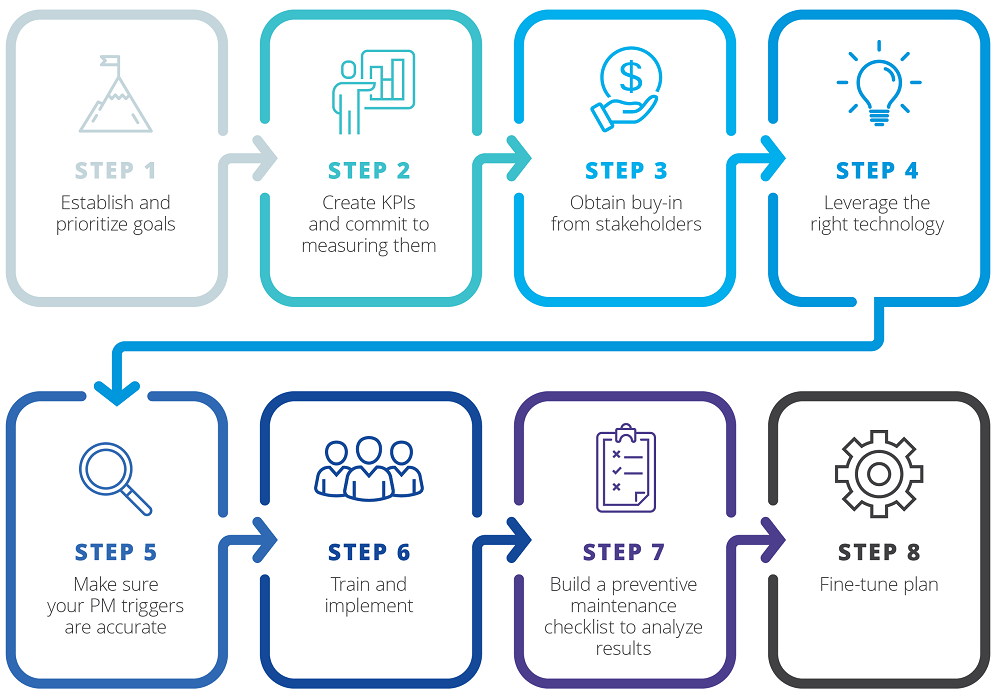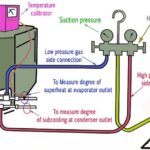Implementation of preventive maintenance program is helpful in reducing the corrective maintenance because corrective maintenance work costs typically 8 times more than preventive maintenance work.
It is always easier and cheaper to maintain than to replace.
we can reduce 25% of maintenance calls while implementing the proper PM program. Similarly corrective work orders cost 2 to3 times more than preventive work orders.
The average cost of emergency complaints for maintenance work over the last 6 years is around $336 per emergency work.
Cost of Deferring Studies show that there is over $500 billion in deferred maintenance in U.S. schools.
Benefits of preventive maintenance program include:
Save money and reduce emergencies
- 50% – 65% reduction in emergencies
- 28% – 37% reduction in work order costs
Reduce lifecycle costs
Preventive maintenance program can extend the life of a roof by 30% and repairs for an HVAC unit can costs 3 to 4 times more than PM costs
Improve customer service
Increases efficiency while still keeping customers satisfied and limits operational disruptions
Increase energy efficiency of buildings and equipment: Research shows that a good maintenance program following can yield 10% energy savings from the HVAC system
Improve safety and reduce risk with effective PM programs, there is up to 70% reduction in insurance claims.
Below are some points that we can consider for preventive maintenance software selection:
- Ease of use
- Positive response from facilities department
- Interaction with reactive work order system
- Smooth transition
- How much data can be attributed to each piece of equipment to tell the story
Steps for Setting Up Preventive Maintenance Program
1. Determine maintenance plan and schedules
2. Determine who will perform preventive maintenance
3. Convey preventive maintenance plan to management and board
4. Keep it going and report the data
5. Take feedback from users and improve the weak areas

PM Reporting & Data Administration
Top management of any organization love love the reports. A good preventive management program generates many reports. A good system generates several automated reports that are delivered right to the inboxes of the employees so that they can stay up to date.
Some of the reports may include:
- Management reports
- Daily work load reports
- Outstanding work orders
- Work orders greater than 30 days old
It is important to set and identify Key performance indicators (KPI) and benchmarks that organization will use to measure success and the impact of preventive maintenance program. Some of KPI includes:
- Reduction in completion time of work orders
- Reduction of total emergency work orders
- Cost of work orders
- Percentage of PM work orders to corrective work orders
- Forecasting & Automatic Work Order Generation
A good PM program assesses if there are any legal requirements for inspections or a minimum amount of preventive maintenance requirements.
A good maintenance program is achievable.
PM program shall highlight how it helps in achieving the organizational goals and customer requirements.
Use tracking and reporting capabilities to quantify the advantages of performing preventive maintenance in facilities.


